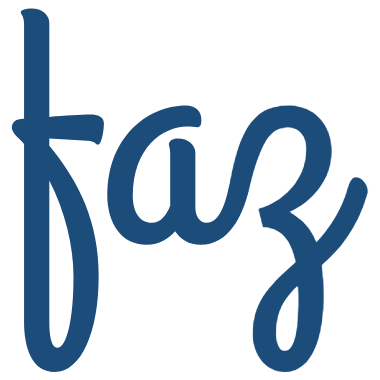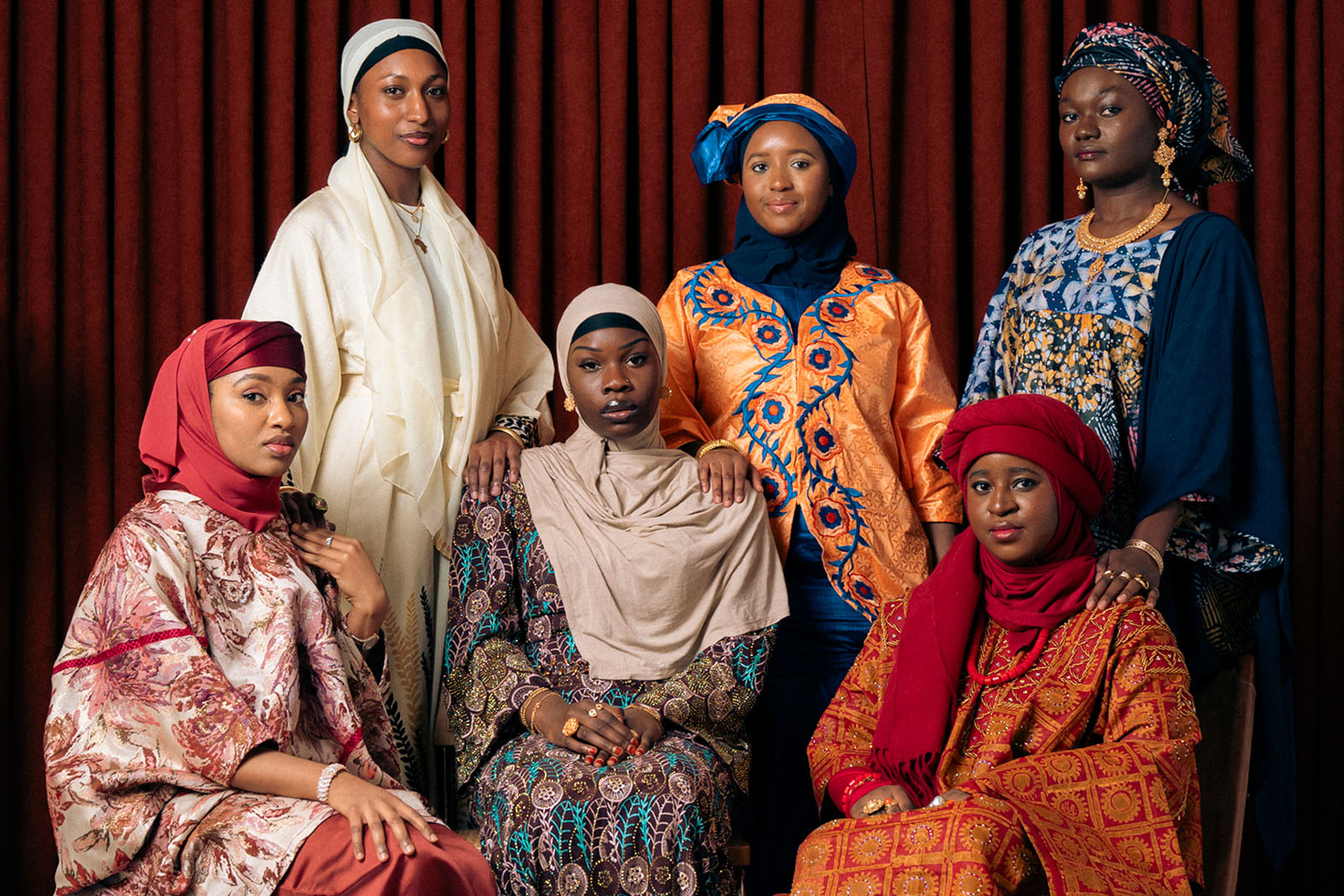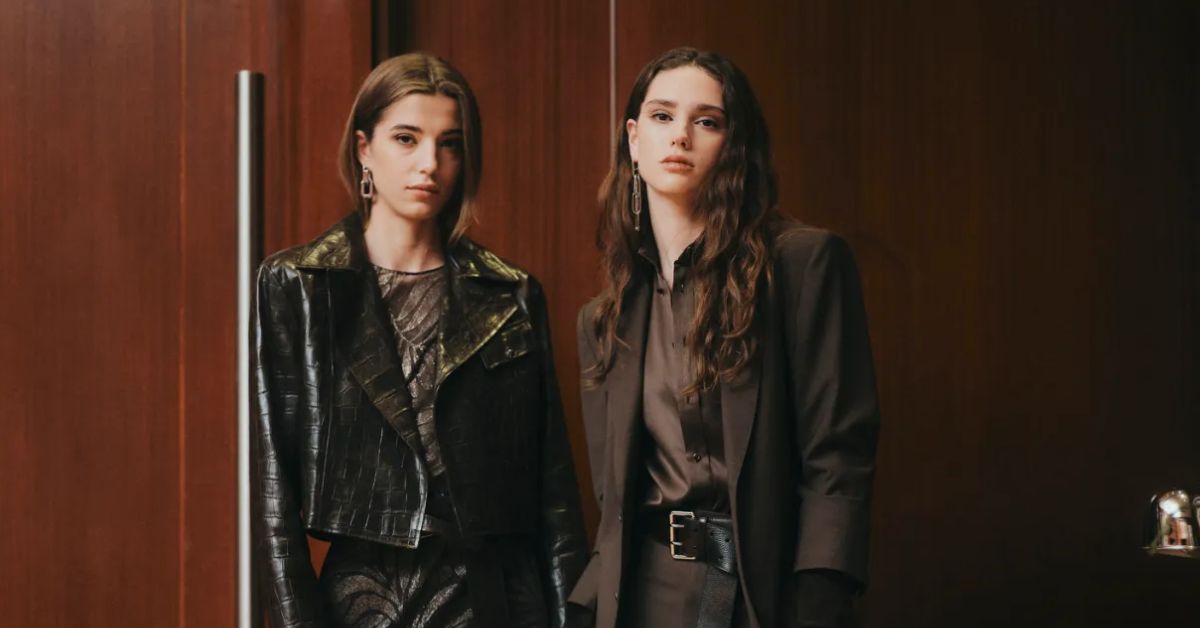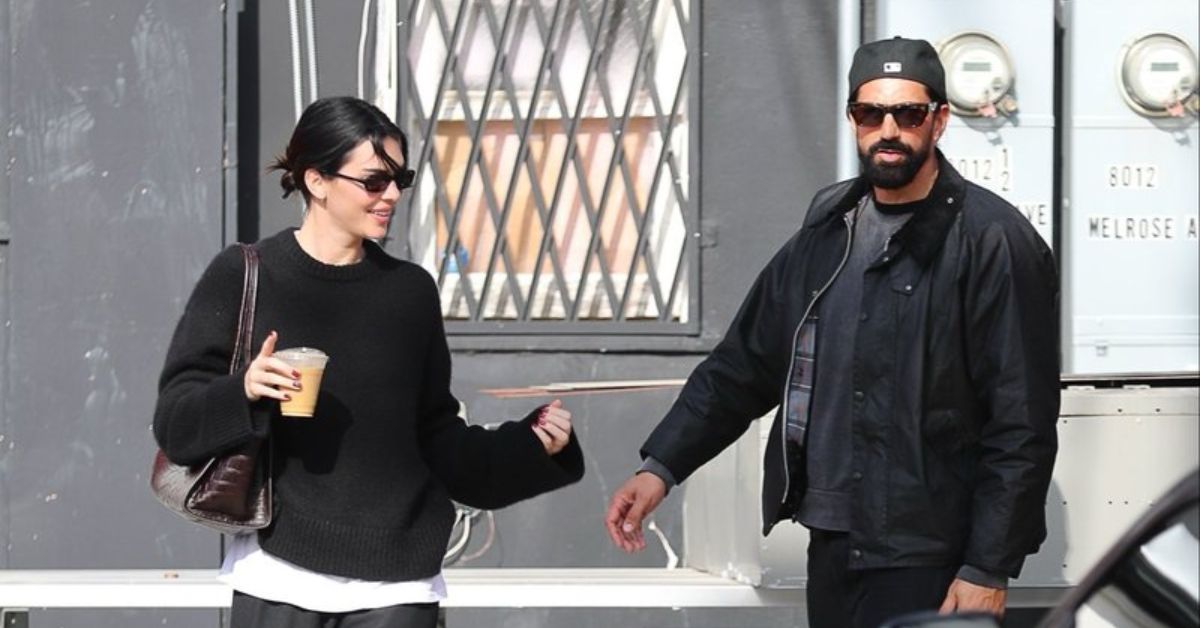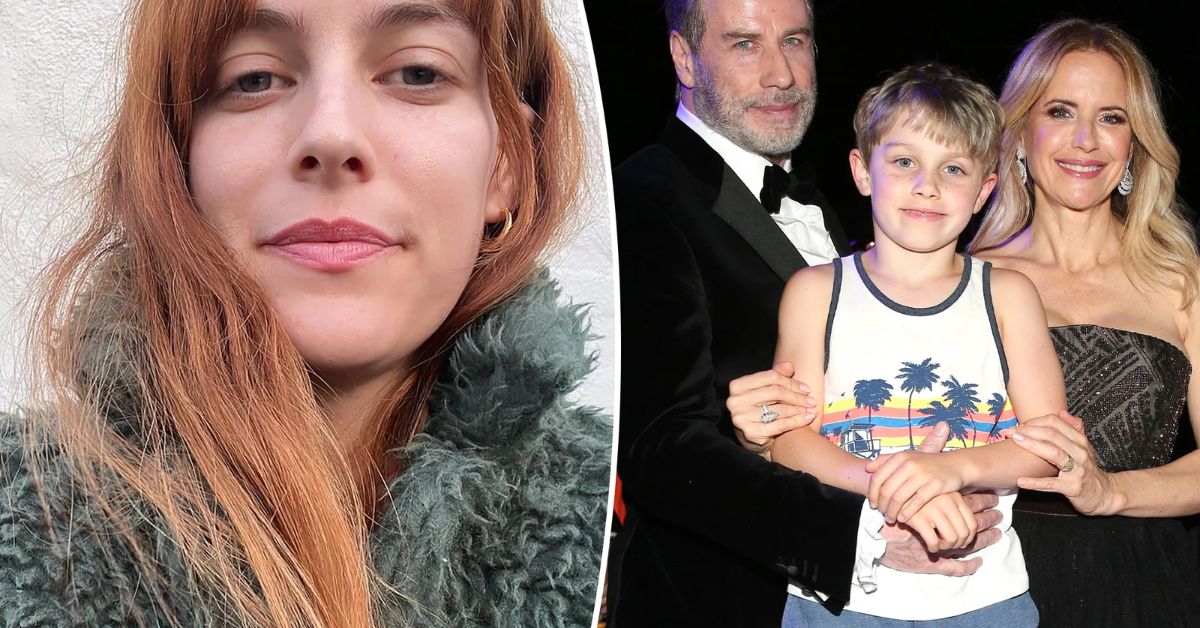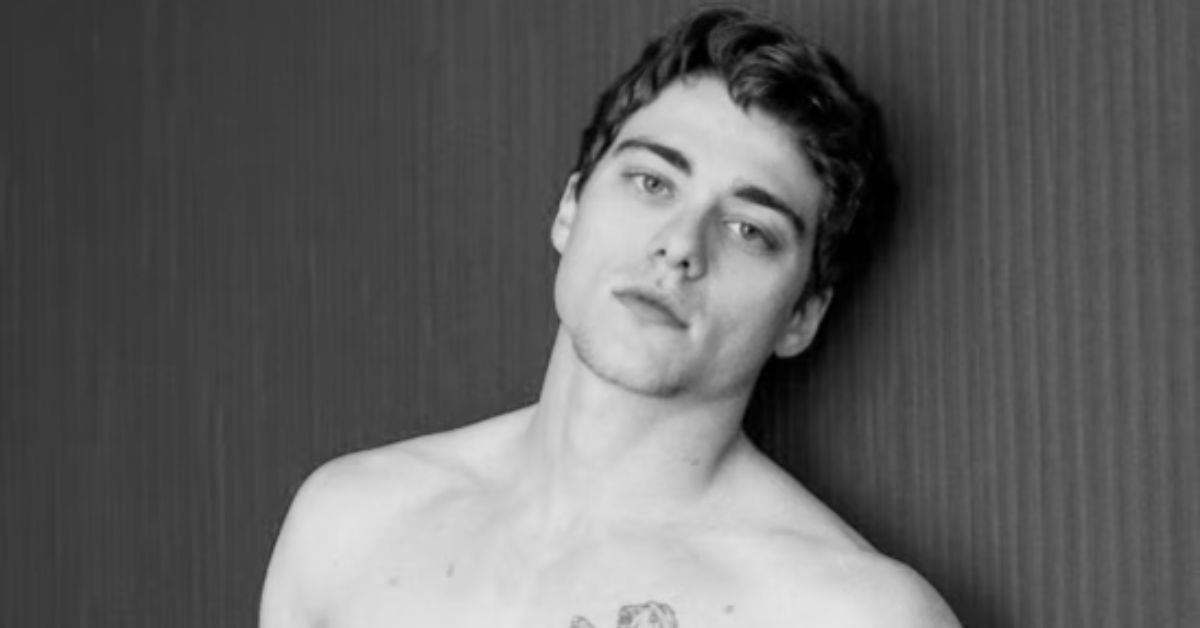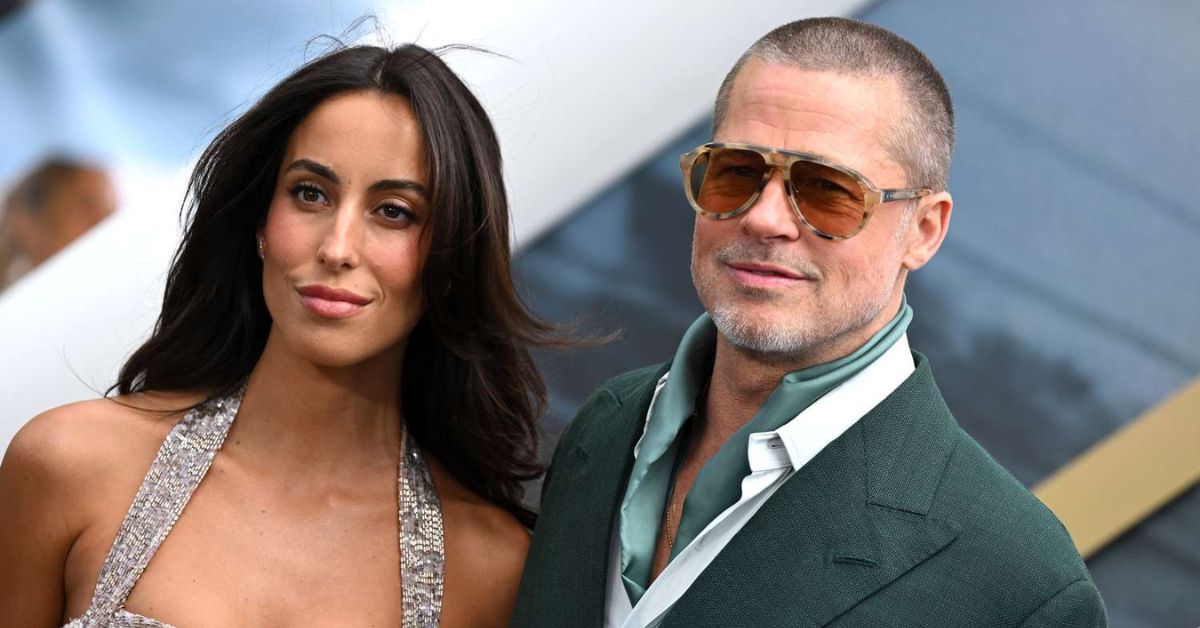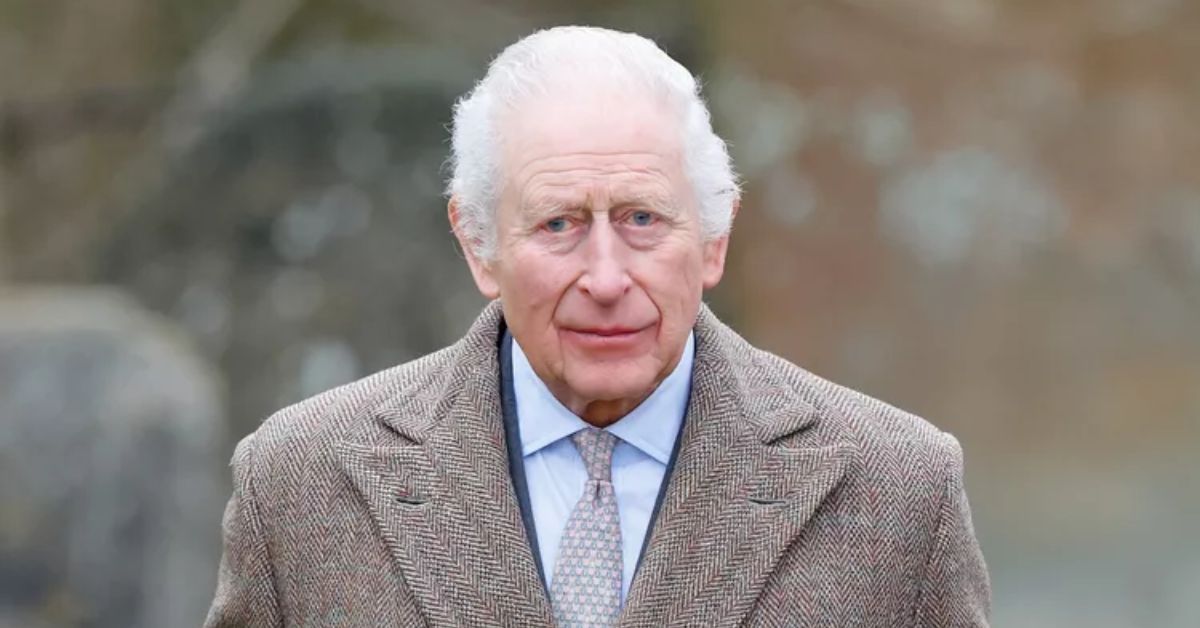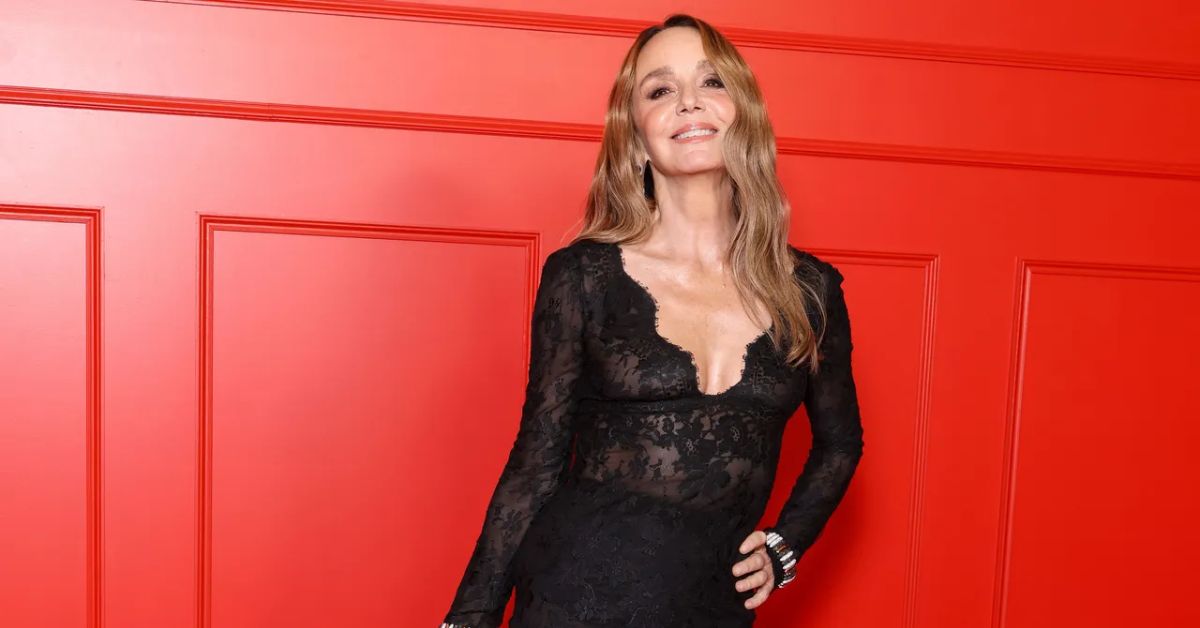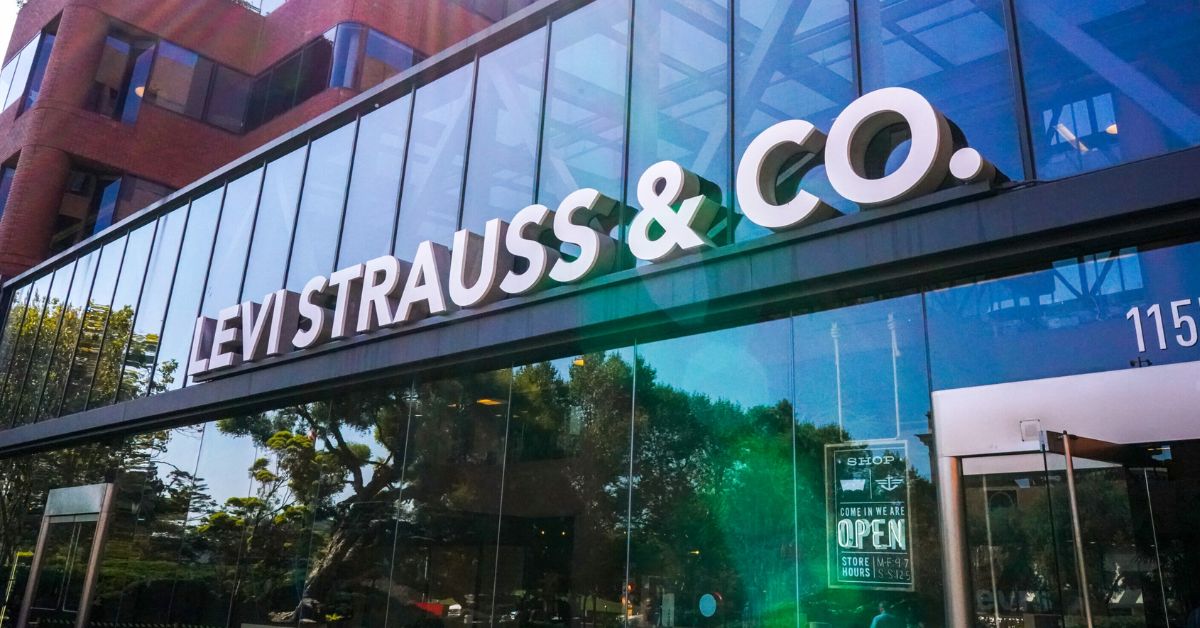In 2025, the world is witnessing a cultural renaissance like never before. Among the many vibrant communities making waves in the fashion world, the West African diaspora in the UK is standing out. This year, Eid celebrations have become a canvas for self-expression, cultural pride, and a fusion of traditions. Dubbed the "Muslim Met Gala," Eid has evolved into a fashion spectacle where heritage meets modernity, and identity is celebrated through clothing. In this blog post, we delve into how six women from the UK's West African diaspora are embracing their roots and redefining fashion for Eid.
Celebrating West African Heritage Through Fashion
Eid al-Fitr, the holy festival marking the end of Ramadan, has always been a time for joy, reflection, and celebration. For many Muslims, it’s also an opportunity to showcase their cultural identity through fashion. This year, women from the West African diaspora in the UK are leading the charge, blending traditional West African styles with contemporary designs to create outfits that are both meaningful and stunning.
At the heart of this movement are six women who are using their fashion choices to honor their African roots. Their stories, shared in a recent article, reveal a deep connection to their heritage and a desire to express their dual identities as both British and West African. These women are not just dressing up for Eid; they are making a statement about who they are and where they come from.
Fashion as a Form of Cultural Expression
Fashion has always been more than just clothing; it’s a language, a way to communicate identity, values, and beliefs. For these six women, their Eid outfits are a testament to their dual identities. They are British, but they are also deeply connected to their West African heritage. Their fashion choices reflect this duality, combining the vibrant colors and patterns of West Africa with the sleek, modern silhouettes of Western design.
“Fashion is my way of connecting with my roots,” says one of the women featured in the article. “When I wear traditional West African fabrics like ankara or adire, I feel like I’m carrying my heritage with me. It’s a way to honor my parents and grandparents, while also expressing who I am today.”
This sentiment is shared by many in the West African diaspora. Clothing has long been a powerful tool for preserving culture and passing it down to future generations. For these women, fashion is not just about looking good; it’s about telling a story. Every fabric, every pattern, every accessory is a piece of their history, woven into their present.
The Fusion of Styles: Traditional Meets Modern
One of the most striking aspects of the Eid fashion showcased by these women is the fusion of traditional West African styles with modern elements. This blending of influences is a reflection of their experiences as part of the diaspora—navigating multiple cultural worlds and finding a way to bring them together.
Traditional West African fabrics like ankara, with their bold, colorful prints, are a staple in many of the outfits. These fabrics are often paired with contemporary silhouettes, such as flowing maxi dresses, tailored jumpsuits, or sleek abayas. The result is a look that is both deeply rooted in heritage and undeniably modern.
Headwraps, or "geles," are another traditional element that has been reimagined in these outfits. While they are often worn in more formal settings, these women are experimenting with different styles and materials, turning the headwrap into a fashion statement that is both elegant and edgy.
“I love how versatile traditional West African fashion is,” says another woman from the group. “You can take something like ankara, which has been around for generations, and give it a completely new look by pairing it with modern accessories or styling it in a different way. It’s a way to keep our traditions alive while also pushing the boundaries of fashion.”
Empowerment Through Fashion
Fashion is not just about aesthetics; it’s also a form of empowerment. For these women, wearing clothing that reflects their African roots is a way to assert their identity and challenge stereotypes. In a world where African cultures are often marginalized or misrepresented, their fashion choices are a powerful statement of pride and resilience.
“When I wear my traditional clothing, I feel like I’m reclaiming my narrative,” says one of the women. “It’s a way to say, ‘This is who I am, and I’m proud of it.’ Fashion has given me the confidence to embrace my identity and share it with the world.”
This sense of empowerment is not just about individual expression; it’s also about community. By embracing their cultural heritage through fashion, these women are inspiring others in the diaspora to do the same. They are creating a sense of belonging and connection, proving that fashion can be a unifying force.
Eid as a Fashion Showcase
Eid has always been a time for celebration, but in recent years, it has also become a major fashion event, particularly within Muslim communities. The term "Muslim Met Gala" has been coined to describe the elaborate and stylish outfits that people wear during Eid, and it’s easy to see why.
For many Muslims, Eid is an opportunity to dress up and showcase their personal style. It’s a time when tradition and modernity come together, and when cultural pride is on full display. The West African diaspora is leading the way in this trend, with their vibrant, eclectic outfits setting a new standard for Eid fashion.
“Eid is like our own red carpet moment,” says one of the women. “It’s a chance to dress up, take photos, and celebrate with our loved ones. But it’s also more than that. It’s a way to connect with our faith and our heritage, and to share that with the world.”
The comparison to the Met Gala is fitting, not just because of the glamour and creativity of the outfits, but also because of the cultural significance of the event. Just as the Met Gala is a celebration of fashion and art, Eid has become a celebration of cultural identity and personal style.
The Future of Eid Fashion
As the West African diaspora continues to grow and evolve, so too will their approach to fashion. The fusion of traditional and modern styles that we’re seeing this Eid is just the beginning. With more people embracing their cultural heritage and expressing it through fashion, we can expect to see even more innovative and exciting outfits in the years to come.
“I’m excited to see how the next generation will interpret West African fashion,” says one of the women. “They’re growing up in a world where diversity is celebrated, and where they have the freedom to explore their identity in new and creative ways. The future of Eid fashion is bright, and I can’t wait to see what it holds.”













Conclusion
In 2025, the West African diaspora in the UK is redefining what it means to celebrate Eid through fashion. By blending traditional West African styles with modern elements, these six women are creating outfits that are both a tribute to their heritage and a statement of their identity. Their stories are a testament to the power of fashion as a form of cultural expression and empowerment.
As Eid continues to evolve into a major fashion event, it’s clear that the West African diaspora will be at the forefront of this movement. Their creativity, confidence, and pride in their heritage are inspiring others to embrace their own cultural identities and express them through fashion. This is the future of Eid fashion, and it’s nothing short of extraordinary.
